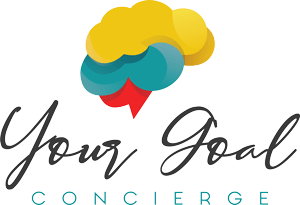The 3 Flows of Leadership: Why Upward Communication is Non-Negotiable
Erica Kesse
Effective leadership demands a holistic approach to internal communication, recognizing its multidimensional framework. This system is defined by three distinct flows - Upward, Downward, and Lateral, each serving a specific, vital function that directly impacts productivity and profit. For the CEO, understanding and nurturing the Upward Flow is non-negotiable.
Downward: The Direction Flow (Necessary,
But Insufficient)
Downward communication (from leadership to subordinates) is essential for delegation and distributing information. However, an organization dominated by this top-down approach quickly becomes rigid and unresponsive. True leadership understands that direction must be balanced by receptivity.
Upward: The Innovation and Mental Health Flow
The Upward Flow is the pulse check of the organization. It's the vital mechanism that allows employees to surface problems, share innovative ideas, and provide crucial feedback. When the CEO and their leadership team actively cultivate and respond to upward communication, two things happen:
1. Innovation: Valuable, ground-level insights are integrated into strategic planning.
2. Mental Health: Employees feel heard, increasing their sense of value and reducing stress, which directly supports their **mental health** and boosts morale.
Lateral: The Agility Flow
Finally, Lateral communication enables cross-functional collaboration, ensuring departments are aligned on goals. When all three flows are healthy and efficient, the organization operates like a sophisticated nervous system, maximizing its responsiveness and overall vitality.
The success of the modern CEO and their leadership team depends on maintaining a strategic balance across all three flows. However, the health and resilience of the entire enterprise hinge on a continuous, valued, and non-negotiable stream of communication flowing up the hierarchy.



